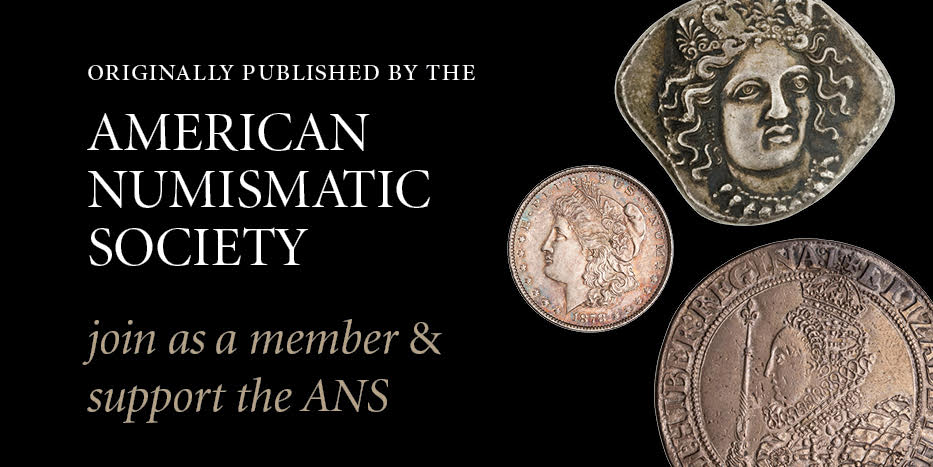By David Yoon for American Numismatic Society (ANS) ……
Some questions seem too obvious to be worth asking. Everyone knows that a mint is a production facility that strikes coins. But wait… are facilities that produce tokens or medals included? Is it really the facility at all, or rather the organization that operates it? Or even the organization that controls how coins are issued? All of these possibilities occur in numismatic usage, and they aren’t always the same.
Before modern machinery, minting coins did not require much infrastructure. Considered on its own, the striking process only requires a pair of dies, a hammer, and a supply of blanks, plus a worker or two. The larger process also required a furnace for melting metal to make the blanks and for making dies. But such furnaces were not highly specialized technology, and thus coin production could be quite mobile – a fact that was useful not only to counterfeiters but also where recoinages were frequent.
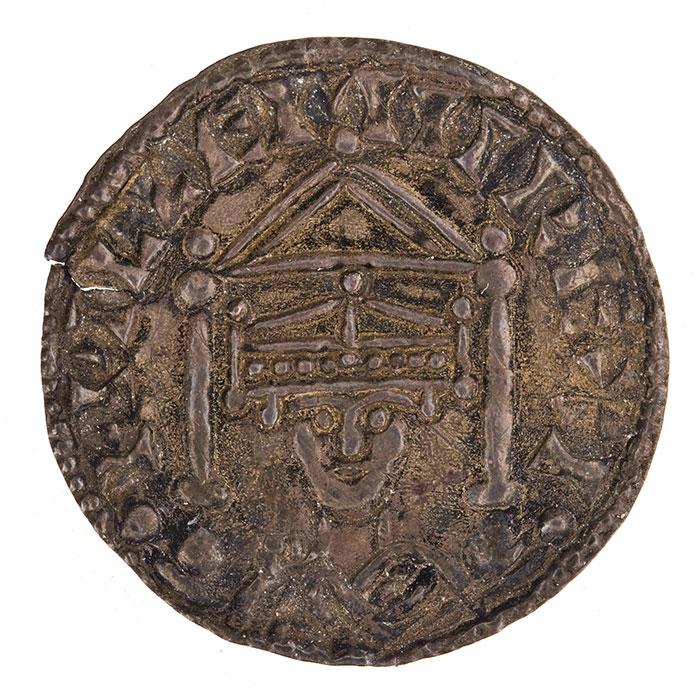
The Norman coinage of England was frequently recalled and reminted, in order to increase seigniorage revenue. These recoinages required bursts of activity at many small or part-time mints. The coin shown here was a type that circulated in the early 1070s (ANS 1954.203.20, purchase).
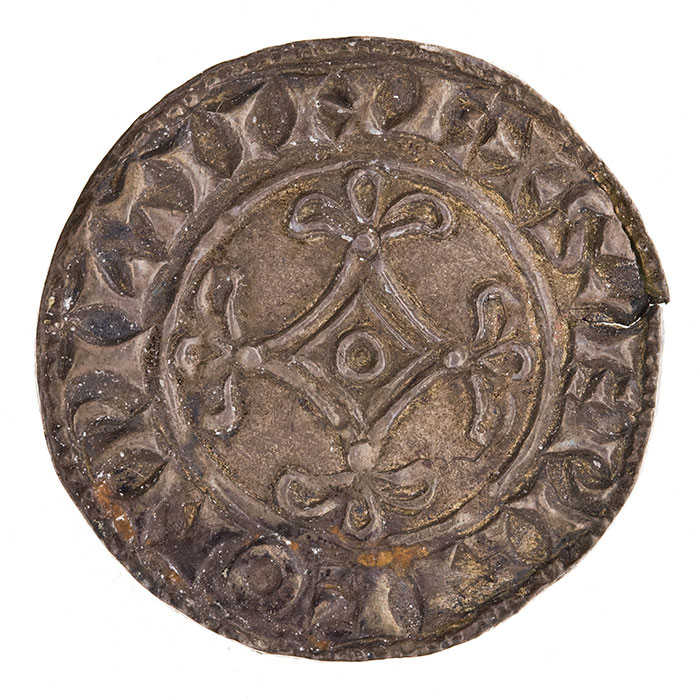
For ancient coins, often not much is known about the organization of production.
The major mints of the later Roman Empire fit a wide range of definitions of mints, being complex production facilities as well as the administrative personnel managing them on behalf of a portion of the imperial fiscal system. But smaller ancient coin issues introduce complications. Sometimes coins may have been produced in a larger city but issued by the government of a smaller city or region, as for example with the Roman provincial coins apparently produced in Rome for the koinon of Syria. Is the “mint” the place where they were produced or the place where they were issued?
Ultimately, the way numismatists refer to pre-modern mints tends to be determined by the way administrative information is placed on the coins themselves since that is most of the evidence that we have. However, different administrative systems prioritize different kinds of information, depending on the political, legal, and fiscal arrangements that they seek to monitor or advertise.
Putting the name of a city on a coin may, for example, amount to a statement of political status. If it serves to advertise the self-governing status of the community, then it hardly matters whether the coin was physically produced in that place.
On the other hand, if a mark allows fiscal officials to attribute blame for peculation, then the important thing is to identify who was responsible for the silver or gold being made into coins, most often in the production process. Thus, as seen above, late Anglo-Saxon and Anglo-Norman coins give the name of the moneyer as well as the town. If only one mint is operating in a particular locality, then the place can be used as a way of identifying the responsible personnel. For example, in the kingdom of Castile and León, the right of minting in a particular city was usually leased out to only one person at a time.
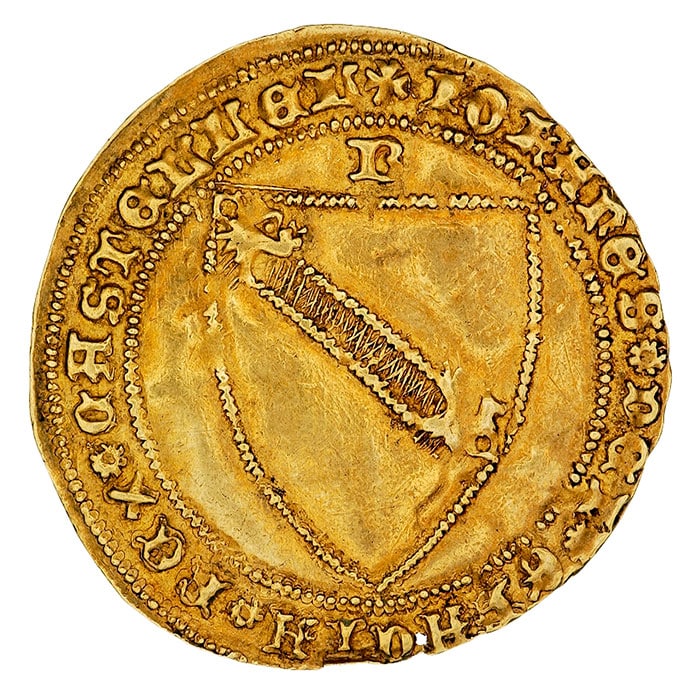
This coin was produced by the mint of Burgos at a time when Castilian mints were operated by contractors who leased the facilities and the right to issue coins. Since only one mint was authorized in Burgos, the B mark would serve to identify the contractor in the event of malfeasance.
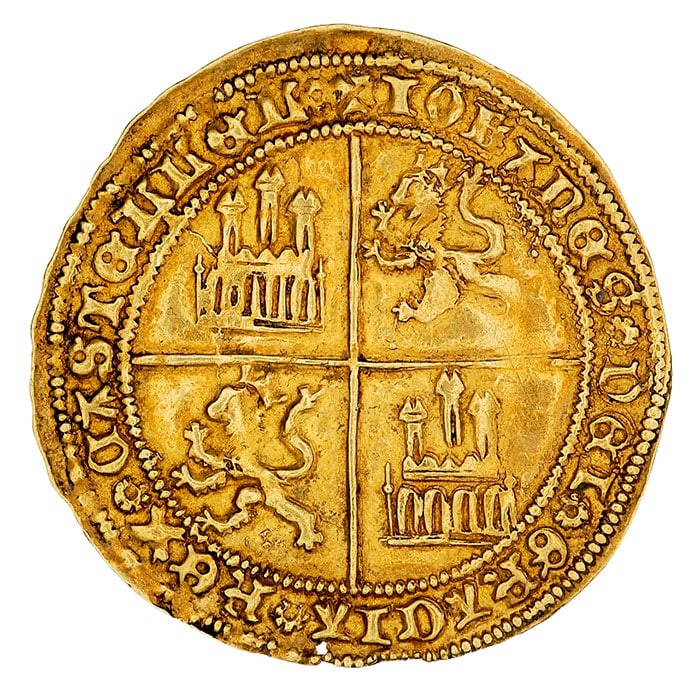
And when an empire is large enough that fiscal flows are largely a concern of smaller regions, it may be important to identify those.
The places named on coins of the Umayyad Caliphate, for example, are a mix of cities (often major military bases with large fiscal requirements) and regions. It seems to have been more important to identify the region (and thus the governor and the regional treasury) than the place of production, which may have varied.

It is generally assumed that most coins of al-Andalus were produced in Córdoba, the main administrative center, but it is likely that some were produced in other locations. However, that information was not considered significant and was not recorded on the coins.

And sometimes coins identify particular government offices, because monitoring of the fiscal activity of particular departments, agencies, or officials is the main concern. This can be seen for example in East Asia, where coins might be cast for specific government departments, rather than having one centralized fiscal agency in control of all coinage. Here the concern is with the process of issuing coinage, rather than production per se.


To sum it up, the term “mint” can mean very different things. Ultimately, it may refer to the production of coins. Or it may refer to what numismatists infer about the geography of coins from the information encoded on them. And that information may not always be focused specifically on the production process. It is important to keep in mind that these are not all the same thing.
* * *
